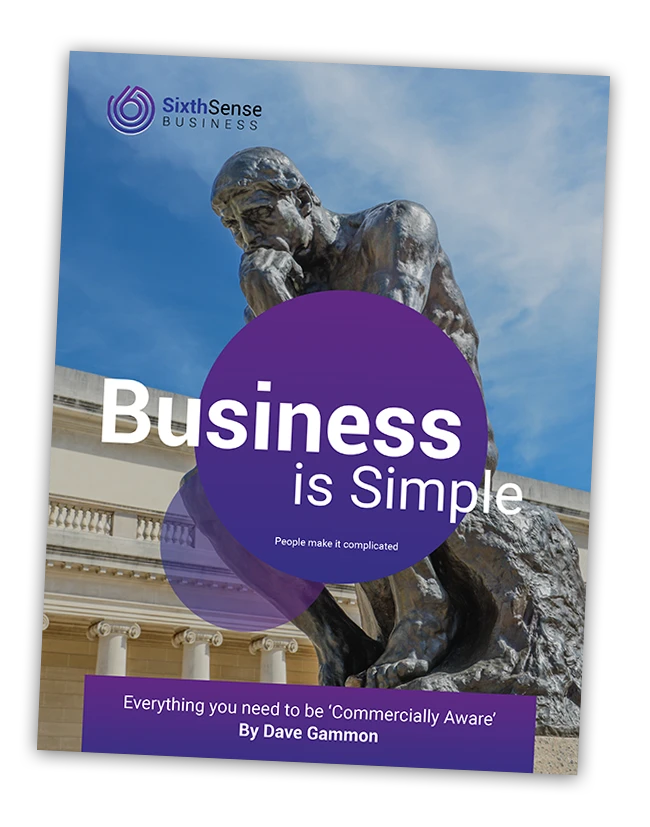
Before getting involved in human performance, I was curious about why some people attacked presented tasks with energy and finesse, while others did the opposite.
I had this pegged as nature vs nurture. People were either naturally motivated and productive, or they weren’t.
I first questioned this early in my corporate career. Tesco had a small team of secretaries in the Internal Audit department. To most of us, Julie felt like the classic bad employee. She was frequently ill, routinely arrived late and dishevelled, and had a poor attitude. It was almost impossible to get anything done if Julie didn’t like you. Our team was delighted when she moved to Human Resources. The irony that Human Resources employed her in a supervisory role wasn’t lost on us.
A few months later, I bumped into Julie at 7.30 am at the head office. Shocked to see her at work so early, I asked how she was getting on. She seemed a different person. She had recruited, set up and trained a new team of administrators, and the department was working well; she loved the job.
An analogy from a coaching environment.
We used to use a model of engagement that asked whether people were ‘on the bus or off the bus,’ i.e. did employees want to be part of the journey or not?
It also took into account if the person was in the right seat, i.e. in a role that best plays to their skills and motivations. Julie’s story is, at first glance, a great example of someone becoming performant when seated elsewhere.
The role that self-determination plays in motivation.
Julie’s new role had a large slice of what Frederick Herzberg identified as a key motivating factor in job design; self-determination, the ability to make choices and manage priorities and workload. Julie was given a set of clear outcomes, unmovable deadlines and the ability to measure her progress and level of attainment. A stark contrast to her role in the Audit typing pool, where the day-to-day demands of others drove her priorities and workload.
How can we better design roles?
Perhaps the answer is in the way roles are designed and the leadership style you adopt.
I’ve come across many examples of people who don’t react well to being given choices and making decisions. Instead, they crave structure and rules (which is often a challenge for small companies).
Simplistic models like on/off the bus often miss the point. The vast majority of people not reaching peak performance are not doing so deliberately. They are victims of the limiting perspectives they hold of themselves, their desired outcomes, and their role.
So, if you want to give your people the opportunity to access high performance, the starting point is to help them understand why they show up in the ways they do when presented with different commercial situations and tasks.
These conversations have the potential to effortlessly increase an employee’s performance by creating shifts in their attitude towards the elements that make up their role in your company. It’s a process of self-discovery that turns them into people who
· step up and take ownership of their role
· willingly get out of their comfort zone
· can hold themselves to account for their performance
· access new levels of clarity about their outcomes and what they need to do to meet them
· self-regulate and supervise themselves.
